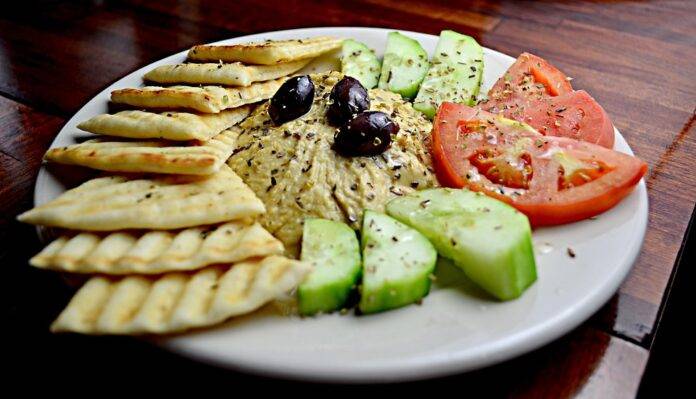Introduction
Hummus is a popular Middle Eastern dip or spread made from cooked, mashed chickpeas blended with tahini (a paste made from sesame seeds), lemon juice, garlic, and olive oil. This delicious and nutritious dish has gained popularity worldwide due to its rich flavor and health benefits. In this report, we will explore the process of making hummus from chickpeas and tahini to the finished product.
Chickpeas Harvesting and Processing
Chickpeas Cultivation
Chickpeas, also known as garbanzo beans, are legumes that are cultivated in various regions around the world. The main producers of chickpeas include countries like India, Pakistan, Turkey, Australia, and the United States. Chickpeas are typically planted in the spring and harvested in the fall.
Chickpeas Processing
Once harvested, chickpeas are cleaned and sorted to remove any debris or impurities. The chickpeas are then soaked in water to soften them before cooking. Cooking the chickpeas helps to soften them further and make them easier to blend into a smooth paste for hummus.
Tahini Production
Tahini Ingredients
Tahini is a key ingredient in hummus and is made from toasted sesame seeds that are ground into a smooth paste. In addition to sesame seeds, tahini may also include olive oil and salt for flavor.
Tahini Manufacturing Process
The process of making tahini involves toasting the sesame seeds to enhance their flavor before grinding them into a paste. The sesame seeds are typically roasted and then ground with olive oil and salt to create a smooth and creamy tahini paste.
Making Hummus
Hummus Ingredients
To make hummus, cooked chickpeas, tahini, lemon juice, garlic, olive oil, and salt are blended together until smooth. Additional ingredients such as cumin or paprika may be added for extra flavor.
Hummus Production Process
The chickpeas are first blended into a smooth paste before adding the tahini, lemon juice, garlic, olive oil, and salt. The mixture is then blended until smooth and creamy. The hummus can be adjusted for consistency by adding more olive oil or water.
Packaging and Distribution
Hummus Packaging
Once the hummus is prepared, it is packaged in containers for distribution. Hummus is typically sold in plastic containers or tubs with airtight lids to maintain freshness and prevent spoilage.
Hummus Distribution
Hummus is distributed to supermarkets, grocery stores, and specialty food stores for sale to consumers. Some companies also sell hummus online through e-commerce platforms for convenient home delivery.
Industry Insights
Market Trends
The hummus market has been experiencing steady growth in recent years due to increasing consumer demand for healthy and convenient snack options. The rise in vegetarian and vegan diets has also contributed to the popularity of hummus as a plant-based protein source.
Key Players
Some of the leading hummus manufacturers in the industry include Sabra, Tribe, Cedar’s, and Athenos. These companies offer a variety of hummus flavors and packaging options to cater to different consumer preferences.
Conclusion
In conclusion, hummus is a delicious and nutritious dish that is made from chickpeas, tahini, and other ingredients. The process of making hummus involves harvesting and processing chickpeas, producing tahini, and blending all the ingredients together to create a smooth and creamy dip or spread. The hummus industry is growing rapidly, with key players competing to offer innovative flavors and packaging to meet consumer demand.




